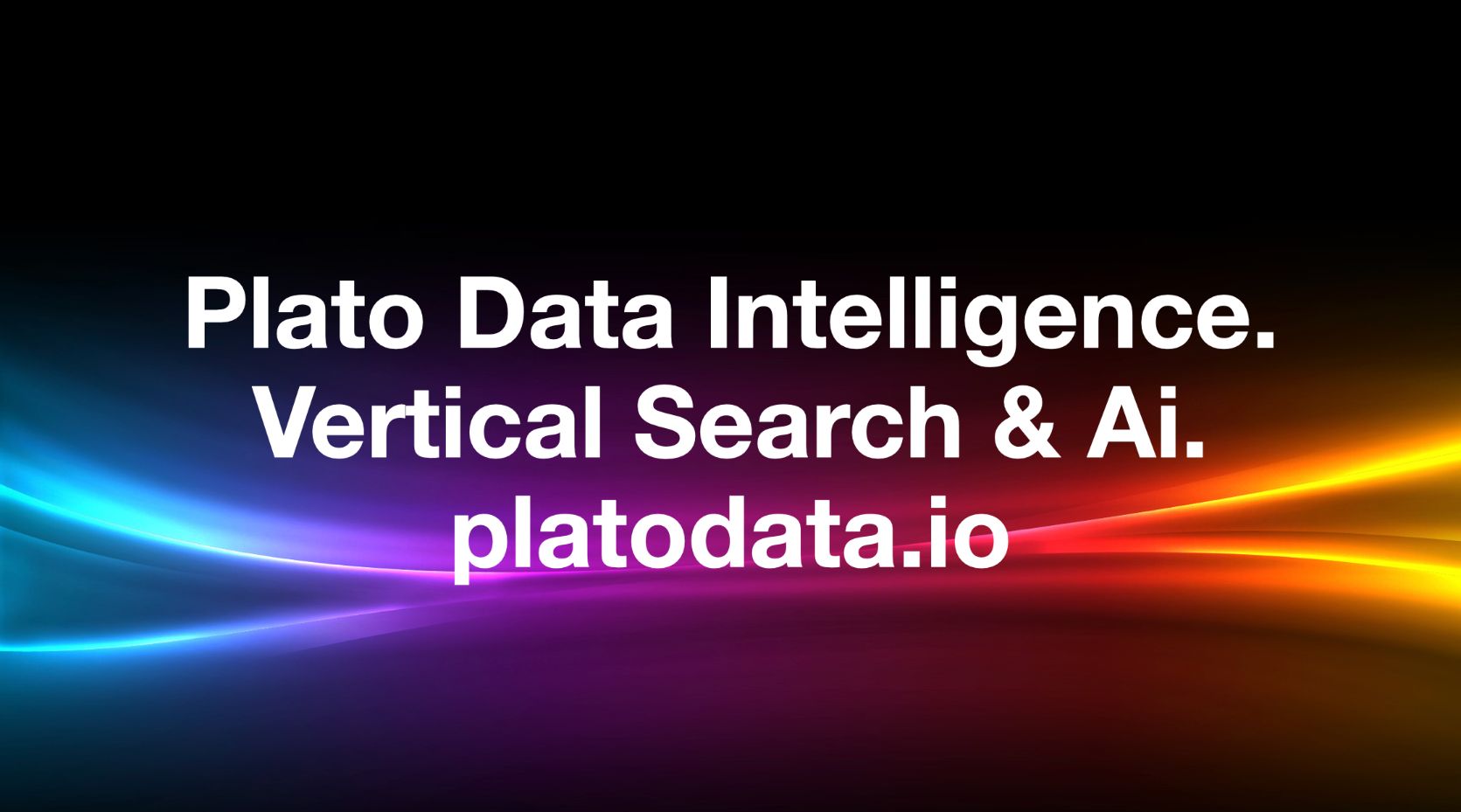The Unique Capabilities of Hyperscale Vendors Required to Meet the Demands of Massive IoT
The Internet of Things (IoT) has revolutionized the way we interact with technology. From smart homes to connected cars, IoT devices have become an integral part of our daily lives. As the number of IoT devices continues to grow exponentially, the need for hyperscale vendors to meet the demands of massive IoT becomes crucial.
Hyperscale vendors are companies that provide cloud computing services on a massive scale. They have the infrastructure and resources to handle the enormous amount of data generated by IoT devices. These vendors offer unique capabilities that are essential for managing and processing the vast amounts of data generated by the IoT ecosystem.
One of the key capabilities of hyperscale vendors is their ability to handle massive data volumes. With billions of IoT devices generating data every second, traditional data centers simply cannot cope with the scale and speed required. Hyperscale vendors have built data centers that can handle petabytes and even exabytes of data, ensuring that no data is lost or delayed in the process.
Another critical capability of hyperscale vendors is their ability to provide real-time analytics. IoT devices generate a constant stream of data that needs to be analyzed and acted upon in real-time. Hyperscale vendors have developed advanced analytics platforms that can process and analyze data in real-time, enabling businesses to make informed decisions and take immediate action based on the insights gained from IoT data.
Scalability is another unique capability offered by hyperscale vendors. As the number of IoT devices continues to grow, businesses need a scalable infrastructure that can handle the increasing workload. Hyperscale vendors have designed their systems to be highly scalable, allowing businesses to easily expand their IoT deployments without worrying about infrastructure limitations.
Security is a paramount concern when it comes to IoT devices, as they are often connected to critical systems and contain sensitive data. Hyperscale vendors have invested heavily in security measures to protect IoT data from unauthorized access and cyber threats. They employ advanced encryption techniques, multi-factor authentication, and robust security protocols to ensure the integrity and confidentiality of IoT data.
Furthermore, hyperscale vendors offer global reach and availability. IoT devices are deployed worldwide, and businesses need a vendor that can provide reliable and low-latency services across different regions. Hyperscale vendors have established data centers in multiple locations, ensuring that IoT data can be processed and stored closer to the devices, reducing latency and improving overall performance.
Lastly, hyperscale vendors have the financial resources and expertise to invest in research and development. They continuously innovate and develop new technologies to meet the evolving demands of massive IoT. From edge computing to machine learning, hyperscale vendors are at the forefront of technological advancements, enabling businesses to leverage the full potential of IoT.
In conclusion, the unique capabilities of hyperscale vendors are essential to meet the demands of massive IoT. Their ability to handle massive data volumes, provide real-time analytics, scalability, security, global reach, and continuous innovation make them indispensable in managing the ever-growing IoT ecosystem. As IoT continues to expand, businesses must partner with hyperscale vendors to unlock the full potential of this transformative technology.
- SEO Powered Content & PR Distribution. Get Amplified Today.
- PlatoData.Network Vertical Generative Ai. Empower Yourself. Access Here.
- PlatoAiStream. Web3 Intelligence. Knowledge Amplified. Access Here.
- PlatoESG. Automotive / EVs, Carbon, CleanTech, Energy, Environment, Solar, Waste Management. Access Here.
- BlockOffsets. Modernizing Environmental Offset Ownership. Access Here.
- Source: Plato Data Intelligence.


How ‘Dune’ Became a Beacon for the Fledgling Environmental Movement—and a Rallying Cry for the New Science of Ecology
Dune, widely considered one of the best sci-fi novels of all time, continues to influence how writers, artists, and inventors...